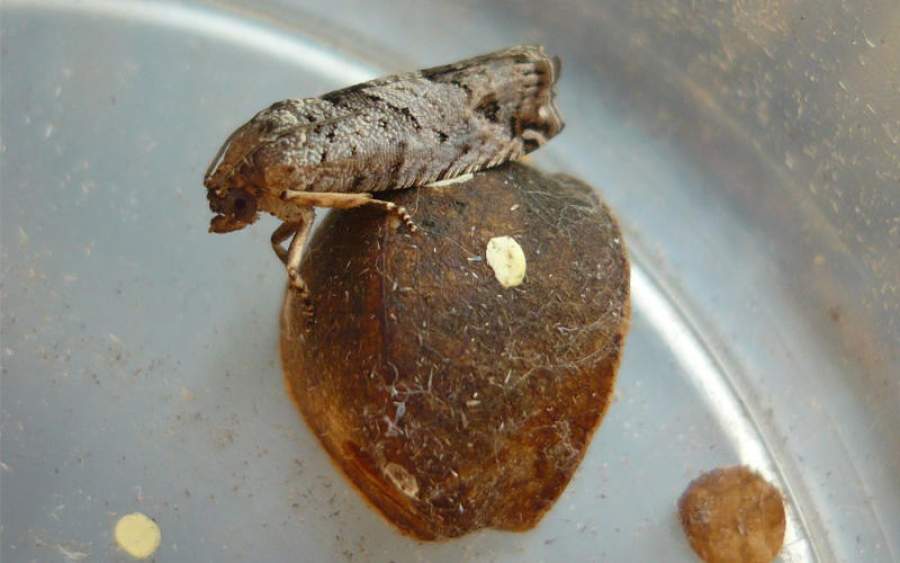
QV Bean Story

Student will explore the life cycles of animals (insects) and plants using the scientific method. They will develop and test their hypothesis using their observations and results to form a conclusion.
QV Bean Story is available through the following program types. Select a program type to view more information.
On-Site at Quantum Victoria
Students study the life cycle of the Mexican jumping bean and create their own jumping bean and investigate and observe its movement and distance travelled as they work as scientists.
Students are immersed in a variety of activities that study biology related concepts, including photosynthesis and what plants to grow, using:
videos
hands on activities
lifecycle demonstrations
light and moisture sensors
An extension module complementing the onsite program is available for you to download. This module consists of a student workbook and teacher resource book with solutions.
Asynchronous (Self Delivery)
Students will explore the conditions needed to grow seeds through engaging activities that require them to think and work scientifically.
The workbook has seven activities:
Activity 1: Students will grow their own sprouts from seeds. They will collect data over time for further discussion. (3 hours)
Activity 2 (Extension): Students can grow grass seeds as hair for a character. They will take photos throughout the process to present as a visual diary. (3 hours)
Activity 3 (Extension): Students are introduced to scientific thinking through the concept of “I hypothesize”. Students explore the effect that light has on the growth of seeds and record their observations. (2 hours)
Activity 4: Students sing along to the song, read a short story and then complete the apple maze puzzle. (1 hour)
Activity 5 (Extension): How to make a worm farm. (1 hour)
Activity 6: Living Leaves. Students collect 3 different leaves from their environment. Students make measurements and observations of their leaves and record data in a table. (1 hour)
Activity 7 (Extension): Students explore the relationship between sunshine and Vitamin D. (1 hour)
Materials needed for this program (depending on activities chosen):
Grass/alfalfa/spinach seeds
Household sponges
Shallow plate/tray
Old nylon stockings
Sawdust/potting mix
Empty yoghurt containers (small)
Decorations
Glue
Leaves
To view costs for programs, you need to first find and select your school. Start typing to get started.